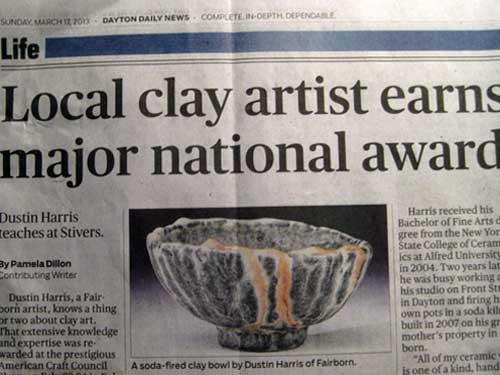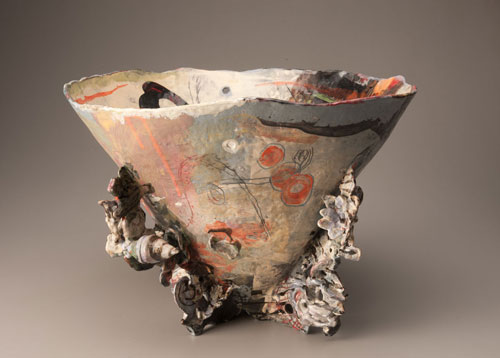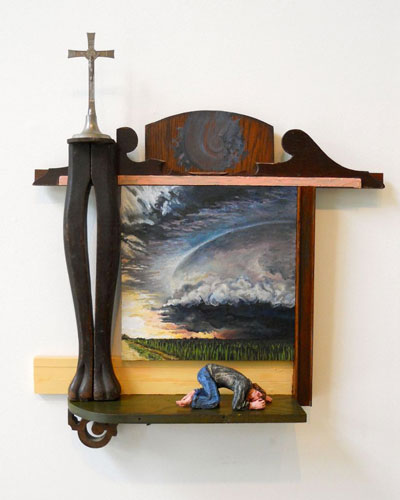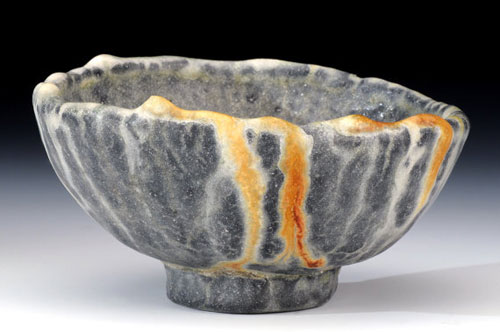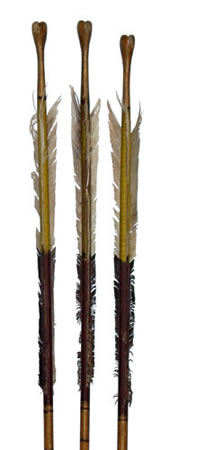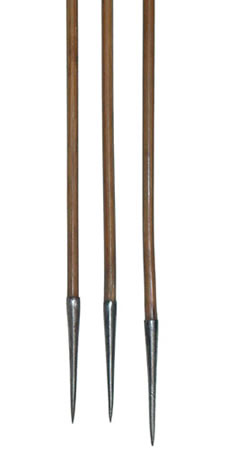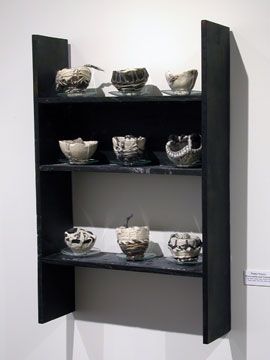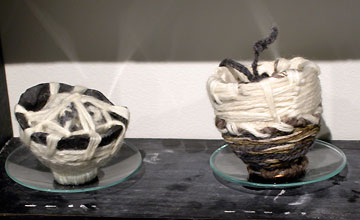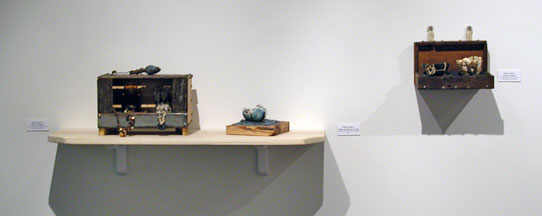Last night I was thinking about how to age and hang a piece, so I did a google search for combinations of encaustic, wool, cotton, twine, rope, encased in plaster, and hit the Penn Artifact Lab. It is a working conservation space that can be viewed by visitors with a blog component. How cool is that?
While I was in Maryland, I spent part of a day at the Smithsonian Natural History Museum. The museum has the FossiLab where you can watch folks working. The access to part of the process of conservation adds another aspect to the exhibitions.
Back to my search. I found this description–
“After prying some of the loose plaster away, I found that luckily, the plaster seen around the outside of the painting is only a thin skim coat layer, and that paper was used as a barrier layer in places between the painting and the plaster.”

I looked around a bit and found so many interesting and amazing images of artifacts. Ran across this bit on a coffin and cedar–
“Cedar is a prized wood because the trees produce chemicals that make them resistant to insect damage and various forms of rot.
I documented the appearance of the board, noting its construction details, such as four wooden pegs and mitered edges. One curious feature was thin metal ribbons running in channels along the long axis of the board.”

Cedar is one of my favorite materials. It is soft, easy to carve, can be yellow or pink in color, stains nicely for my purposes, and it has a great fragrance. I originally started using it when I was making Tools for Rent a series of bronze daggers.

I was in the hardware store looking for some wood to build boxes when I was hit with the memory of opening my mother’s cedar chest. Got to thinking about the arbitrary value of an individual based on the contents of a box and how that compares to the arbitrary value placed on art. And I really like the fragrance.
Back to my search. I found this image of a bone awl. It is so clean, lovely, and elegant.
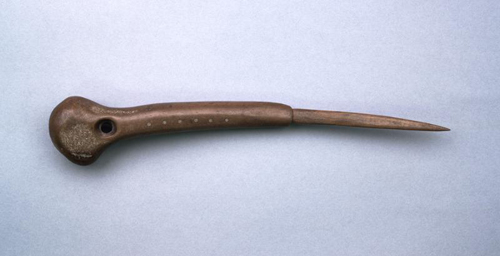
Folks listed on the Artifact Lab blog–
Project Conservator Molly Gleeson
Senior Conservator Lynn Grant
Conservators Julia Lawson and Nina Owczarek
Penn Museum’s Egyptian Section curators
Curator Dr. David Silverman
Associate Curators Dr. Josef Wegner and Dr. Jennifer Wegner
The Artifact Lab and the Penn Museum blogs have great detailed information. I just subscribed to both.
